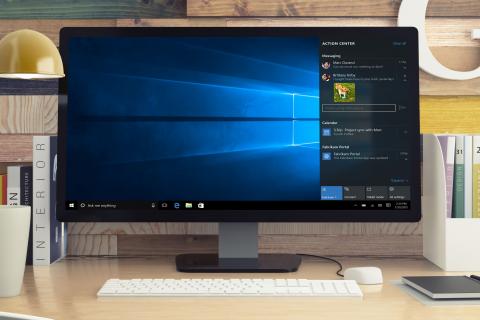The concept of the operating system

To force PC to perform any action, you need to create for him a consistent set of instructions, i.e. a program. The application program is directly engaged in the performance of any necessary user (text editors, spreadsheets, databases, graphics packages, communications software). Tool system (system programming) creates new programs for computers.
System programs - carried out the organization of the computational process and resource management of the computer. These include utility programs to perform repetitive operations such as formatting magnetic disks, defragmenting disks, backing up files, search and delete viruses, etc., and drivers - the software that provides the operation of printers, disk drives, displays, keyboards, and other devices.
Among all system programs which have to deal with the user, the operating system (OS). This program is loaded when the computer is turned on and accompanies the user throughout the session with your PC.
The OS manages the computer resources (memory, disk space, etc.), starts programs, provides data protection, performs various service functions requested by the user and programs.
On the computers of IBM PC type most often used with the following operating systems:
- Operating systems MS DOS, PC DOS, Nowell DOS
- Operating system Windows 95, 98, Windows NT Workstation, Windows XP
- OS\2 Warp.
There are OS that can run on computers of different families, including the family IBM PC. One of the most widely used systems of this type is the UNIX operating system.
The choice of a particular OS depends on the capabilities of the hardware of the computer and requirements of the tasks solved with the help of this computer.
There are several classifications of the OS.
1. The number of concurrent users OS:
- Single-player
- Multiplayer (there are means of protecting user information from unauthorized access by other users)
2. The number of tasks running simultaneously under OS:
- Single-tasking
- Multi-tasking
Distinguish between preemptive and non-preemptive multitasking. In non-preemptive multitasking active process runs until, while he himself, on his own initiative, will not give control to the operating system to choose from that queue to another ready to run process. In preemptive multitasking, the decision about switching the CPU from one process to another process taken by the operating system. Multitasking OS are divided into three types in accordance with the used in their design criteria.
Batch processing systems. Designed to solve problems of computational nature, do not require rapid results. The decision criterion is the maximum number of tasks per unit of time. The choice of a new job from a pre-generated batch job depends on the internal situation in the system, selects the "best" OS for the job. The user is isolated from the process of completing his tasks.
The time sharing system. Each user has a terminal that it can control the computing process. Each task is allocated a quantum of CPU time and no task processor takes a long time. These OS have a smaller throughput, because the implementation is taken by each running task, and not "beneficial" for OS. The criterion is the convenience and efficiency of an individual user.
Real-time system. Used for control of various technical objects (conveyor, robot, spacecraft, blast furnace, etc.) In these cases, there is a maximum permissible time during which must be completed software that manages the object, otherwise an accident could occur. The criterion is the ability to withstand predetermined time intervals between a program startup and getting a result.
3. Number of processors:
- Uniprocessor
- Multiprocessor
4. In the capacity of a processor:
- 8-bit
- 16-bit
- 32-bit
- 64-bit
5. The type of user interface:
- Command (text)
- Object-oriented (graphic)
6. By type of use shared hardware and software resources:
- Local
- Network
Supported distributed execution of processes, their interaction, the exchange of data between a computer user access to shared resources (NetWare, Windows NT, Unix). Peer-to-peer - each computer can perform as a function of both the server and the workstation. With dedicated servers - workstations do not provide their resources to other computers, this is possible only for servers.





